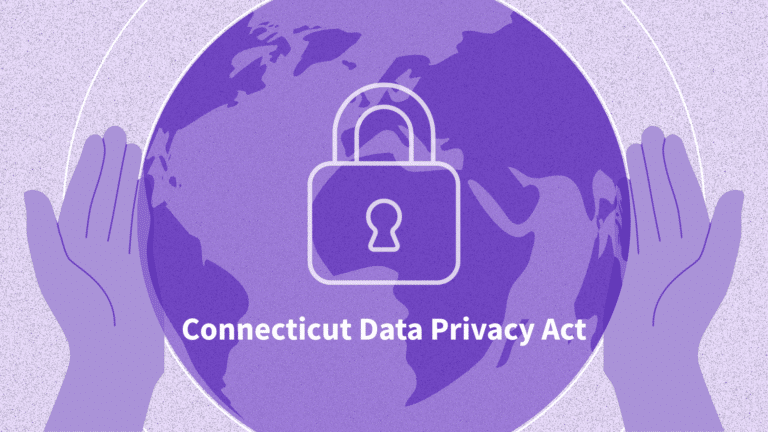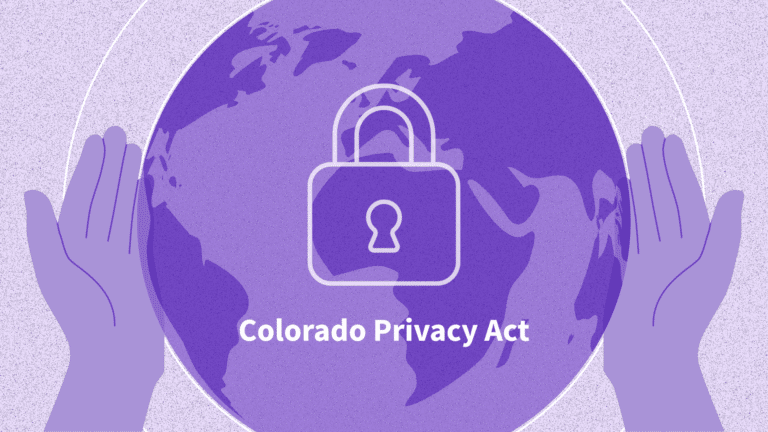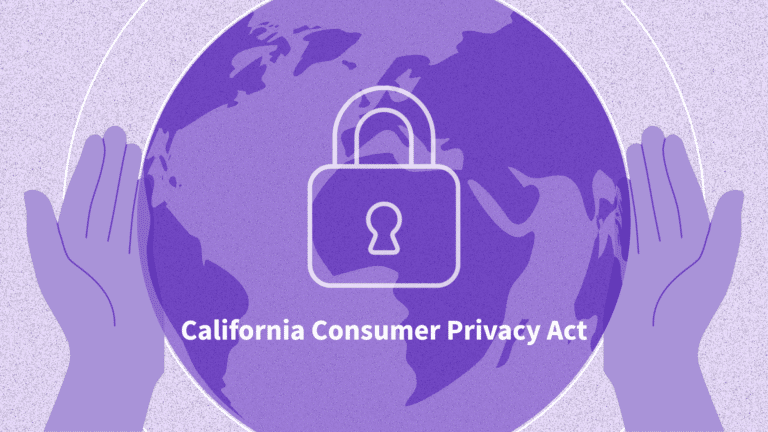Introduction
National Institute of Standards and Technology (NIST)—is a U.S. federal agency that develops and promotes measurement standards, including some of the most widely used cybersecurity frameworks in the world. While originally designed to strengthen the security posture of federal systems, NIST guidelines are now used across industries as a benchmark for best practices in information security, risk management, and compliance.
As cyber threats escalate and regulations tighten, aligning with NIST is no longer optional for organizations involved in federal work, managing controlled unclassified information (CUI), or participating in sensitive supply chains. Even private companies, especially SaaS providers and tech vendors, are adopting NIST frameworks to enhance trust, meet partner expectations, and compete in regulated markets. This guide outlines who must comply with NIST, what frameworks apply, and how businesses can successfully implement its principles.
The Role of NIST in Cybersecurity
NIST operates under the U.S. Department of Commerce and develops standards that drive innovation and secure critical systems. One of its most influential contributions is the NIST Cybersecurity Framework (CSF), which helps organizations create repeatable processes for protecting digital infrastructure. This framework centers around five functional pillars—identify, protect, detect, respond, and recover—offering a high-level yet actionable roadmap that supports secure management and encourages continuous improvement.
Beyond the CSF, NIST publishes the Special Publication (SP) 800 series, which contains more specific technical guidelines. These publications are widely used to build cybersecurity programs that meet regulatory and contractual demands.
Key NIST Publications: SP 800-53 and SP 800-171
Among the most critical documents in the SP 800 series are SP 800-53 and SP 800-171. SP 800-53 outlines security and privacy controls required for federal information systems. These standards are integral to federal agencies and form the basis of frameworks like FedRAMP and system and information integrity practices.
On the other hand, SP 800-171 focuses on protecting controlled unclassified information (CUI) in non-federal systems, especially in organizations engaged in government contracts. Companies working with the Department of Defense (DoD) or handling federal research must implement SP 800-171 to satisfy DFARS (Defense Federal Acquisition Regulation Supplement) requirements.
Who Is Required to Comply with NIST?
Compliance with NIST is mandatory for a variety of organizations involved in handling federal data or engaging with government systems. These standards ensure a uniform level of cybersecurity readiness and risk management across both public and private sectors.
Federal agencies are required to adopt NIST standards—particularly SP 800-53—to secure their internal information systems. Contractors working with the Department of Defense must implement NIST SP 800-171 to meet DFARS requirements when handling Controlled Unclassified Information (CUI). This obligation doesn’t stop at the prime contractor; it extends to subcontractors, software providers, and any third-party service provider involved in the federal supply chain.
Cloud service providers seeking FedRAMP certification are also governed by NIST SP 800-53, as it defines the baseline security controls for systems that store or process government data. Moreover, even vendors not directly contracting with federal agencies must often show proof of compliance through System Security Plans (SSPs), audit readiness documentation, and adherence to minimum cybersecurity baselines.
Entities Required to Comply with NIST:

- U.S. Federal Agencies – Must use NIST SP 800-53 to protect federal systems and data.
- DoD Contractors and Subcontractors – Must comply with NIST SP 800-171 as part of DFARS obligations.
- Cloud Providers Seeking FedRAMP Authorization – Required to implement NIST 800-53 controls.
- Vendors in Federal Supply Chains – Often required to maintain SSPs and undergo security assessments.
- Educational and Research Institutions – Must comply if receiving federal grants and handling CUI.
- Managed Service Providers (MSPs) – If supporting government systems or contractors, they too must align with NIST frameworks.
This growing web of compliance requirements means that even organizations outside the federal system can be indirectly subject to NIST if their clients or partners are within scope.
NIST Adoption in the Private Sector and SaaS

Although NIST standards are not always legally mandated for commercial entities, adoption in the private sector continues to grow. Businesses seeking to improve their cybersecurity programs, demonstrate accountability, or work with enterprise-level clients are increasingly aligning with NIST. This is especially relevant in industries such as healthcare, fintech, and infrastructure, where data protection and risk management are paramount.
SaaS providers, in particular, use NIST to build trust with clients, support audit readiness, and ensure that applications are secure by design. Whether through incident response planning, secure configuration, or access control policies, NIST compliance for SaaS offers tangible benefits in client acquisition and retention.
NIST and Federal Frameworks: DFARS, CMMC, and FedRAMP
NIST forms the backbone of multiple U.S. federal cybersecurity frameworks. The Cybersecurity Maturity Model Certification (CMMC), for example, incorporates NIST SP 800-171 requirements at multiple maturity levels, making it a prerequisite for DoD contractors. Similarly, FedRAMP—a program designed to standardize cloud security for federal agencies—is built on the controls defined in SP 800-53.
Even the Defense Federal Acquisition Regulation mandates NIST-based policies under DFARS clauses. Vendors who fail to align with these standards risk losing access to valuable federal contracts and face increased audit scrutiny. As such, many companies use NIST as a baseline to ensure compliance across various federal mandates simultaneously.
Managing Supply Chain Risk Through NIST
As more organizations outsource technology functions or partner with external vendors, supply chain risk management has become a top priority. NIST directly addresses this issue by encouraging companies to enforce security and privacy controls beyond their own boundaries.
Businesses working with subcontractors or software vendors are expected to assess the cybersecurity posture of their entire ecosystem. This includes maintaining proper documentation, validating partner compliance, and updating controls in response to evolving threats. Effective management of third-party risk isn’t just good practice—it’s a strategic necessity in today’s interconnected digital economy.
Essential Elements of NIST Compliance
Meeting NIST requirements involves a combination of technical, administrative, and procedural measures. First, organizations must conduct a comprehensive risk assessment to identify gaps and prioritize areas for improvement. Based on the applicable framework—SP 800-53 or SP 800-171—security and privacy controls are then implemented to safeguard data.
Compliance also involves the development of a System Security Plan (SSP), which documents the policies, procedures, and technologies in use. In many cases, a Plan of Action and Milestones (POA&M) is also maintained to track remediation efforts. Ongoing activities include employee training, incident response testing, and continuous monitoring, all of which help maintain alignment with NIST guidelines and support long-term resilience.
Organizational Benefits of Implementing NIST
While the effort to comply with NIST can be significant, the benefits are equally impactful. Organizations that follow NIST guidelines gain improved visibility into their security environment, making them better prepared to detect and respond to threats. The frameworks also enable organizations to streamline their incident response plans, integrate with existing IT compliance frameworks, and reduce the risk of human error through standardized processes.
Moreover, NIST-aligned security controls support other certifications such as ISO 27001 and SOC 2. By creating a structured, proactive approach to cybersecurity, NIST enables organizations to build trust with clients, investors, and regulatory bodies alike.
Non-Compliance: Risks and Repercussions
The risks of non-compliance are both immediate and long-term. Contractors that fail to meet NIST standards may be disqualified from federal procurement opportunities or lose existing contracts. Data breaches and cybersecurity incidents caused by poor security practices can lead to regulatory investigations, reputational damage, and financial losses.
In regulated industries, the inability to demonstrate NIST alignment during audits or procurement evaluations can halt business development efforts. Given these risks, even businesses not required to comply should seriously consider implementing NIST frameworks as a proactive defense against modern cyber threats.
Path to NIST Compliance
Achieving compliance begins with identifying whether your organization is subject to SP 800-53, SP 800-171, or the CSF. From there, leadership must commit to a formalized risk management approach. The journey includes assessing current controls, closing gaps, documenting policies, and continuously validating security posture through real-time monitoring and periodic reviews.
Organizations that lack internal expertise often partner with managed service providers or compliance platforms to streamline the process. Regardless of the approach, the goal remains the same: to protect sensitive data, ensure contract eligibility, and mitigate business risk through proven cybersecurity standards.
Final Thoughts
NIST frameworks are no longer just federal tools—they are becoming global benchmarks for digital security and operational excellence. Whether you’re managing compliance for a government contract, scaling a SaaS platform, or overseeing a complex supply chain, aligning with NIST offers long-term value in risk reduction, operational integrity, and market competitiveness.
Simplify your path to NIST compliance. Protect your applications and data with Feroot Security.


